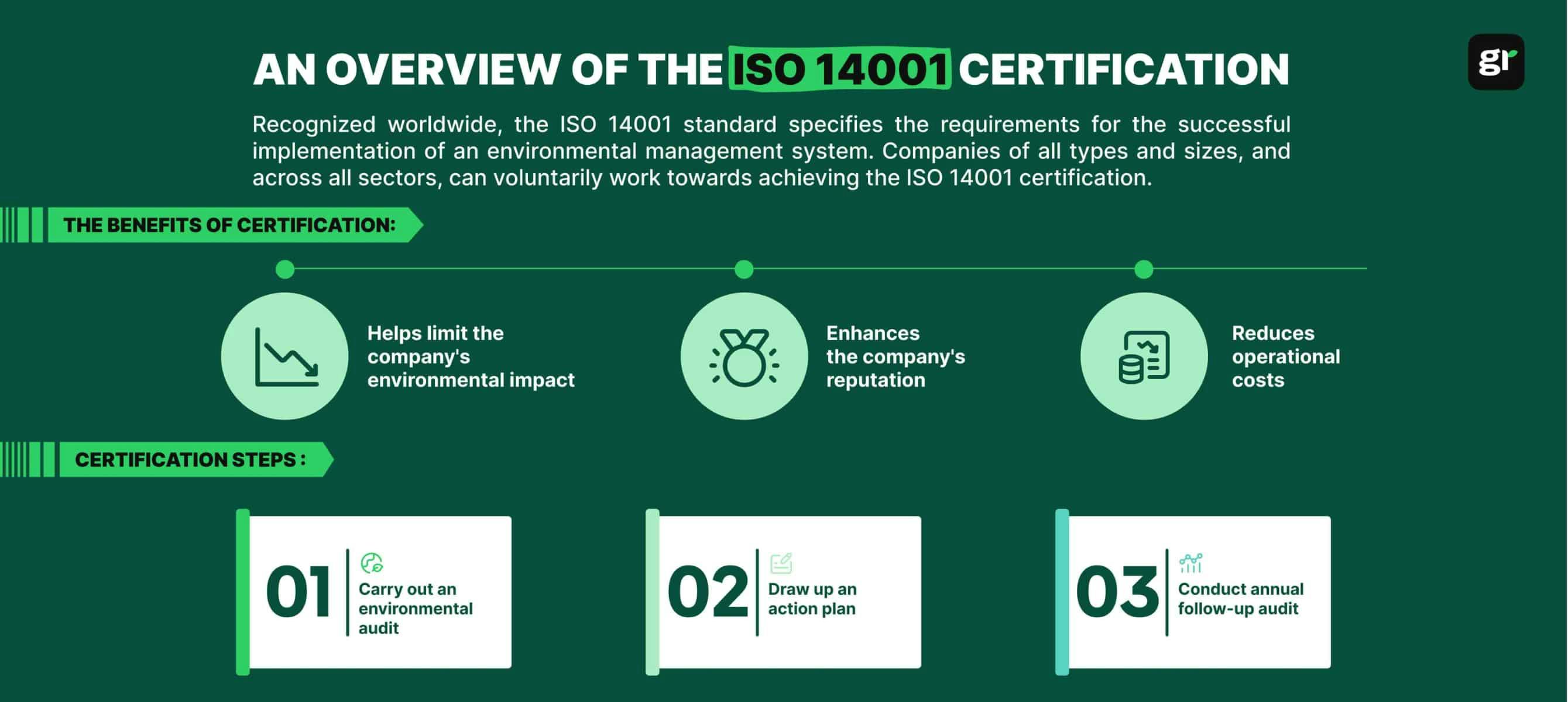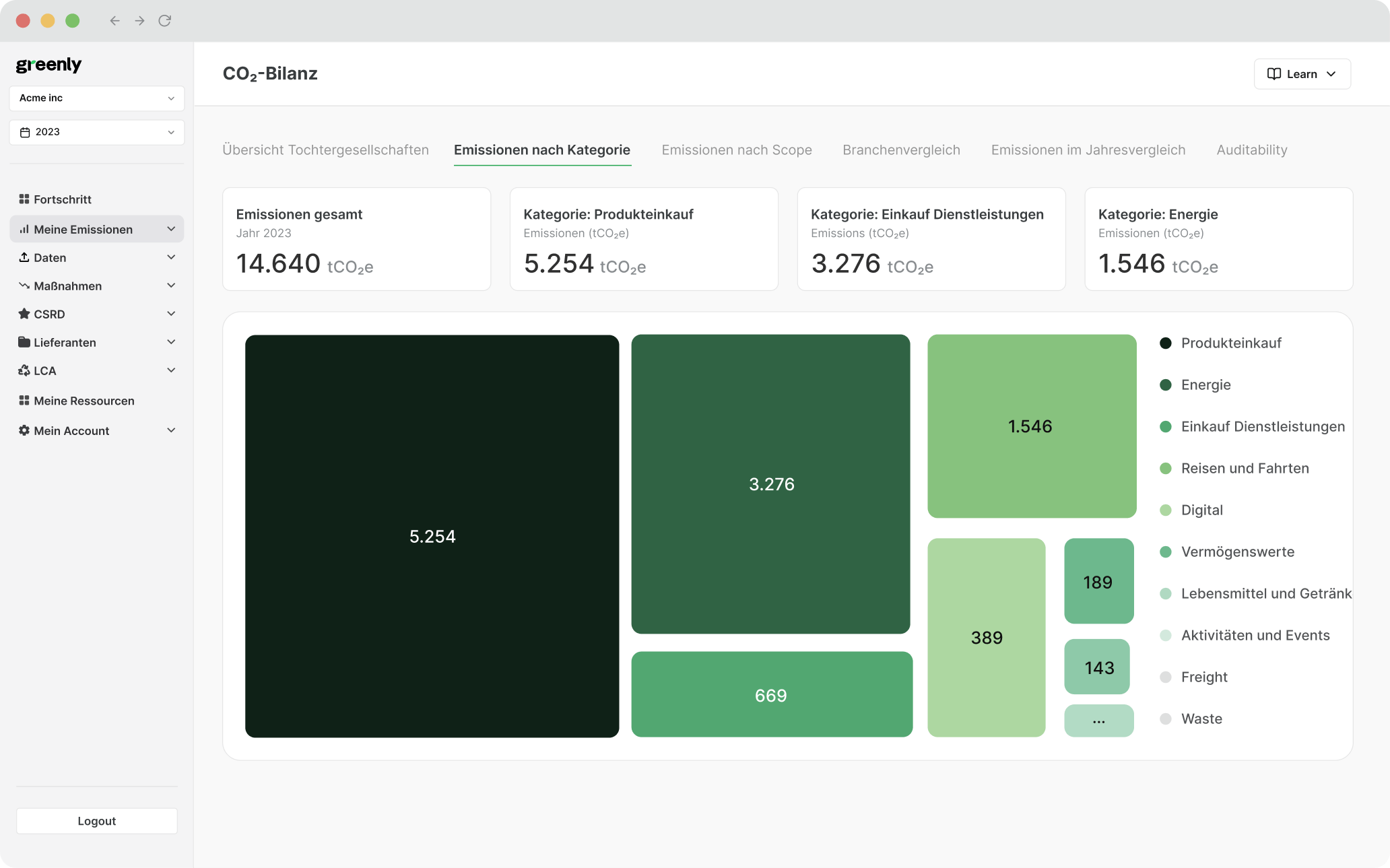
What are the 3 Pillars of Corporate Sustainability?
In this article, we'll explore what the 3 pillars of corporate responsibility are, why they're important, and how businesses can turn them into practical action.
ESG / CSR
Industries



For organisations serious about sustainability, the EMAS eco management system offers a clear and credible way to strengthen environmental performance. Developed by the European Commission, EMAS goes beyond standard compliance, helping businesses assess, manage, and improve their environmental responsibilities in a structured, transparent way.
Established under Regulation No. 1221/2009 (and updated by EU Regulation 2017/1505 and 2018/2026), EMAS is built on the foundations of the international standard ISO 14001 - but it goes further.
While both standards share core principles, EMAS includes extra layers of accountability:
EMAS helps organisations manage both:
This holistic view encourages companies to go beyond operations and consider their wider environmental impact.
The EMAS journey begins with a full environmental review to pinpoint key impacts and legal obligations. From there, the organisation:
It’s not a one-off process, it’s a cycle of continuous improvement built on credibility and results.
EMAS and ISO 14001 are both internationally recognised frameworks for environmental management. While they share many principles, EMAS takes things a step further, especially when it comes to transparency, legal compliance, and measurable results.
So, how exactly do they compare? Here’s a side-by-side breakdown:
| Criteria | ISO 14001 | EMAS |
|---|---|---|
| Scope and framework | Provides a broad structure to help organisations manage their environmental duties through an Environmental Management System (EMS). It’s flexible and widely adopted. | Includes all the requirements of ISO 14001 but adds depth: a mandatory initial environmental assessment, stronger legal checks, and a public-facing annual statement. |
| Transparency and reporting | Does not require companies to publish their results — everything stays internal unless the company chooses to share it. | Requires companies to publish an independently verified environmental statement each year, ensuring full accountability. |
| Legal compliance | Expects organisations to comply with environmental laws, but does not include external audits to confirm this. | Includes rigorous regulatory compliance audits as part of the registration process, with regular checks for ongoing compliance. |
| External validation | Involves an external audit of the EMS at the outset, but no requirement for ongoing third-party checks. | Mandates annual verification by independent environmental verifiers to ensure credibility and accuracy. |
| Continuous improvement | Focuses on improving how the EMS functions — better processes, training, documentation, and monitoring. | Focuses on improving actual environmental performance — lowering emissions, using fewer resources, and achieving measurable targets. |


Many organisations opt to combine EMAS with ISO 14001 to get the best of both worlds, the structure of ISO 14001, plus the accountability and recognition of EMAS.
Here’s why this works:
Stronger credibility
Better legal protection
Greater market value
Deeper impact
At its core, EMAS is designed to help organisations make real, lasting progress on sustainability. It offers a clear, structured framework that organisations commit to, including setting up a compliant environmental management system, publishing an annual performance report, and undergoing external verification.
This isn’t just a one-time checklist. EMAS involves ongoing improvement, legal compliance, and full transparency, all backed by independent validation.
Let’s take a closer look at what makes EMAS stand out.
EMAS is built around five key goals that guide organisations toward smarter, more sustainable operations:
EMAS isn’t just about setting goals, it’s about backing them up with action. Here’s how:

EMAS is a practical, high-impact tool for organisations that want to lead on sustainability. The benefits go well beyond environmental compliance, with clear advantages for operations, reputation, and growth.
Here’s what your organisation stands to gain:
Whether you’re a small business just starting your sustainability journey or a multinational with complex operations, EMAS offers a flexible framework that can be scaled to fit your needs. The emphasis is on progress, not perfection, making it accessible and valuable to organisations of all sizes.
And it’s not limited by industry either. EMAS is used across all economic sectors - from manufacturing and finance to healthcare, agriculture, technology, and more.
So, whether you’re a private company looking to strengthen your ESG profile, a public institution aiming for greener governance, or an NGO aligning with environmental goals, EMAS can support your mission.
Yes — although EMAS is an EU initiative, it’s open to organisations worldwide, including those based in the UK. For UK companies trading with EU partners, aligning with EMAS can strengthen environmental credentials, ease access to public procurement opportunities, and support compliance with European sustainability expectations.
Even outside the EU, EMAS offers a robust framework for improving environmental performance, demonstrating leadership in ESG, and building stakeholder trust.

Here’s what being EMAS-accredited really involves:
EMAS certification is about more than compliance, it’s about building a solid, transparent system for improving your organisation’s environmental performance. Whether you’re just getting started or ready to formalise your efforts, here’s how to go from intention to official registration:
Get in touch with your national EMAS authority: Start by contacting the competent body in your country – they oversee EMAS registrations and can point you toward technical guidance, available funding, and qualified consultants. Every EU Member State has a designated authority, and organisations outside the EU can also participate.
Conduct an initial review: Before you make changes, you need a baseline. Assess your organisation’s direct and indirect environmental impacts, current performance, and legal obligations.
Define your environmental policy and programme: With leadership buy-in, create a policy aligned with your business strategy. Set clear objectives – whether that’s reducing emissions or improving resource efficiency.
Set up your Environmental Management System (EMS): Build the structure and tools you need – processes, roles, training, resources, and how to track and manage your environmental progress.
Run internal audits to check your progress: Test your EMS before going public. Internal audits confirm whether it’s being followed and delivering results.
Review and refine through management input: Leadership should regularly review performance, assess new risks, and ensure your system stays focused and relevant.
Draft your environmental statement: Compile the results. Your statement should clearly show environmental impacts, progress made, and what’s next – ready to share publicly.
Verify your statement with a qualified expert: A certified verifier will confirm the accuracy of your EMS and statement, making sure everything meets EMAS standards.
Submit your registration: Once verified, send everything to your national authority. They’ll approve your registration and add you to the official EMAS register.
Promote your EMAS certification: You’re now registered – so share the news! Use the EMAS logo and communicate your environmental commitment publicly.
EMAS encourages organisations to monitor and reduce their environmental impact, including emissions. But while EMAS sets the framework, many companies need additional support when it comes to carbon management and ESG compliance.
That’s where Greenly comes in.
We help businesses go deeper on emissions – calculating carbon footprints, identifying reduction opportunities, and supporting ESG reporting with data-driven insights.
With Greenly, you can:
| What to do | How it helps |
|---|---|
|
Measure your emissions accurately
|
Calculate Scope 1, 2, and 3 emissions using trusted methodologies like the Greenhouse Gas Protocol. Reliable data is the first step in building an effective climate strategy. |
|
Find the biggest opportunities to reduce
|
Use analytics to identify the most carbon-intensive parts of your business. Test out reduction pathways and model how different actions would impact your footprint. |
|
Build your decarbonisation roadmap
|
Set ambitious but realistic science-based targets. With a structured roadmap and action plan, your company can move from ambition to execution. |
|
Meet ESG disclosure requirements
|
Prepare audit-ready, data-backed reports for investors, internal stakeholders, or regulatory frameworks like CSRD, SFDR, or SECR. |
Whether your organisation is EMAS-certified or not, Greenly can support your broader sustainability strategy, helping you cut emissions, stay compliant, and contribute to a more sustainable future. Request a free demo to explore how Greenly can help you turn sustainability goals into measurable progress.
